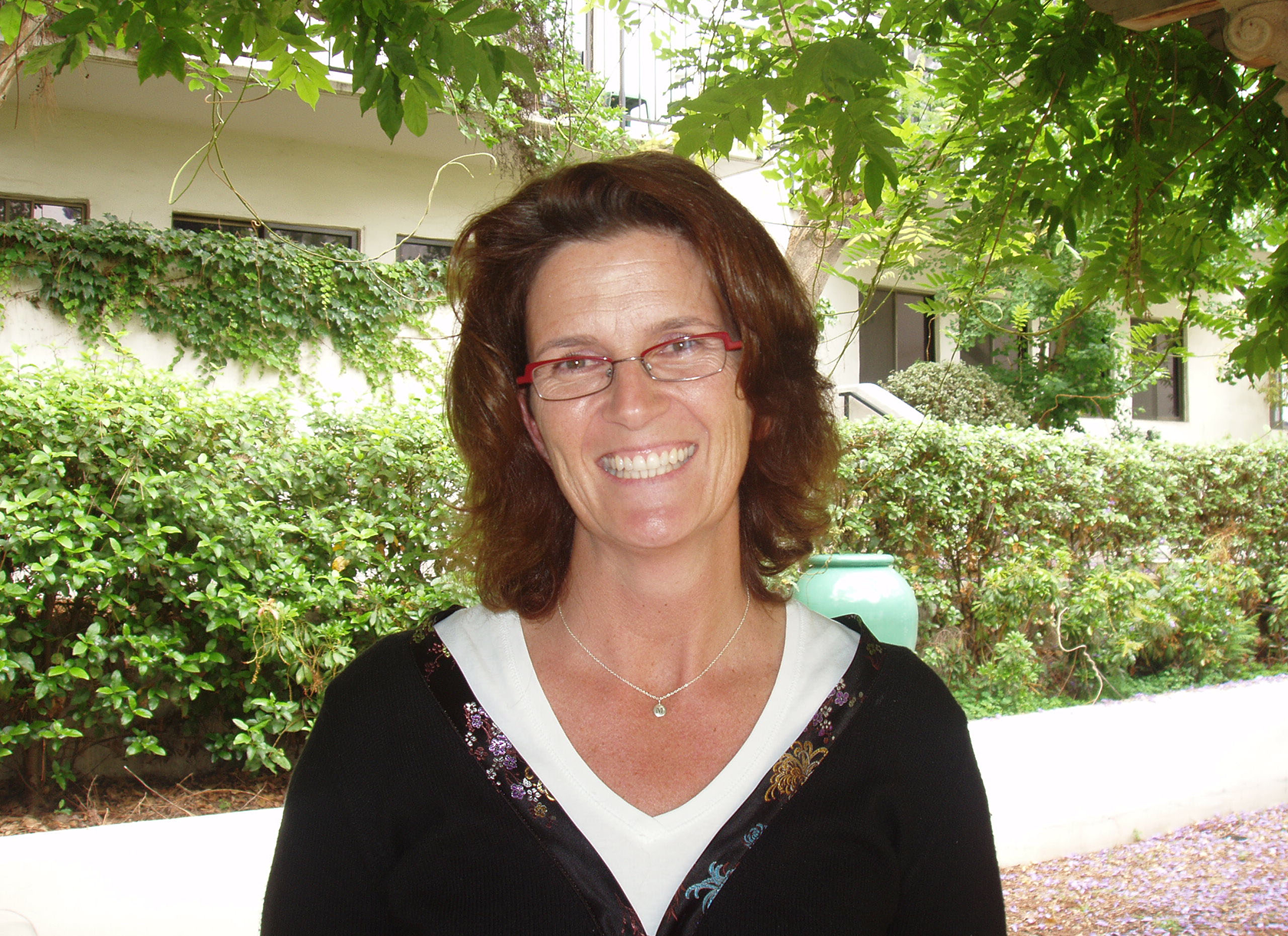By Emily Glory Peters

The year 2020 was a time of racial reckoning for many institutions in our country, and Scripps College was no exception. In response to greater awareness about the need for institutions to more formally, actively, and strategically dismantle systemic racism, the College has recently scaled its own efforts on this front.
In addition to several other initiatives, Scripps College has created the new position of associate dean of faculty for racial equity (ADRE), thanks in large part to a generous gift by Scripps Trustee Gale Picker P’14, P’19. This January, the College officially appointed Mary Hatcher-Skeers, professor of chemistry and Sidney J. Weinberg, Jr. Chair in Natural Sciences, to the position—a role she takes on with equal parts sobriety and hope.
“I was hesitant to apply at first because I felt there were other faculty who would be more suitable,” says Hatcher-Skeers, “but my experience as faculty liason for First-Generation @ Scripps and Scripps College Academy provided opportunities to work closely with faculty, staff, and students navigating predominantly white institutions like ours,” explains Hatcher-Skeers. “These interactions and my experience as faculty co-director of The Claremont College’s Center for Teaching and Learning have taught me a great deal about institutional racism and the best practices of antiracist pedagogy. That experience is what I want to bring to this role.”
As the associate dean of faculty for racial equity, Hatcher-Skeers will identify and implement antiracism and equity goals at Scripps by providing guidance on policies. She’ll also serve as a thought partner for the president, dean of students, and other key members in College leadership.
“Faculty have been talking about a role like this for a long time. The question was: How do we best use our internal expertise, knowledge of our community, and limited resources to accomplish big structural initiatives?” she says. Now funded for a three-year term, the ADRE will have the “teeth” to transform talk of change into concrete practices.
“There’s a hunger among students and teachers alike to see tangible progress—and they already have many brilliant ideas on how to make Scripps more equitable,” she says. “I look forward to helping put these ideas into action.”
While Hatcher-Skeers anticipates some juggling to prioritize those ideas, one focus is already clear: faculty diversification and retention.
“Representation for our Black, Indigenous, and people of color (BIPOC) students is one of the best places to begin. One example is the recent tenure-track search in chemistry, where we’ve consulted with many people about best practices to ensure a broad pool, and we’re excited about how these changes will increase diversity in a mainly white and male field. I would like to help other departments rethink their hiring and promotion practices to similar effect,” she explains.
Retention is equally important. “Too many colleges say ‘let’s diversify!’ without putting support programs in place. I’ll be working with different constituencies around campus to develop a culture that helps BIPOC faculty and students feel welcomed and supported,” she says.
That’s not to say Scripps hasn’t made strides. In recent years, Hatcher-Skeers has experimented with more inclusive pedagogy to great success, designing classes that offer added support for underrepresented students who self-report feeling as though they don’t belong in STEM—fields of study that remain dominated by white male scholars to this day.
The results of what she refers to as more “intentional” teaching have been excellent, with students thriving academically. “This is one example where many faculty have been incorporating antiracist work in their classes, advising, and activism to help Scripps improve its inclusivity and diversity goals,” she says. Scripps has also come a long way culturally, she notes, with antiracist work now being elevated to an institutional imperative.
Still, given her two-decade career at Scripps, Hatcher-Skeers accepts that this progress can be harder to see for students who are here for just a few years. But while addressing white privilege at Scripps hasn’t been a quick or easy journey, avoiding bold change carries much more risk.
“If we don’t create an environment to attract and keep students, staff, and faculty of color here, we lose an amazing part of our talent pool,” she says. “These are amazing individuals who are going to change the world—they should feel like they can do that work here. That can only happen when we acknowledge how they experience life in general and at Scripps.”
A self-identified “ridiculous optimist,” the new dean remains intensely hopeful about the direction Scripps is headed. Our origins were bold to begin with, she says—now it’s time to learn from our own history to further evolve.
“In the 1920s, being at a women’s college was a big deal. Scripps is where women were placed at the center of the College’s purpose—a place where you could see women in power,” she says. “Now we can collectively live up to those ideals; to build on our past and create an environment where students of color have that same level of support and belonging.”

